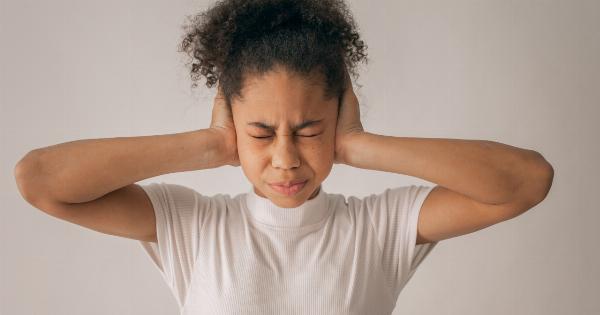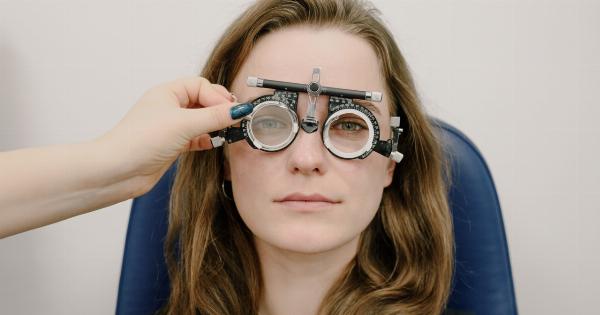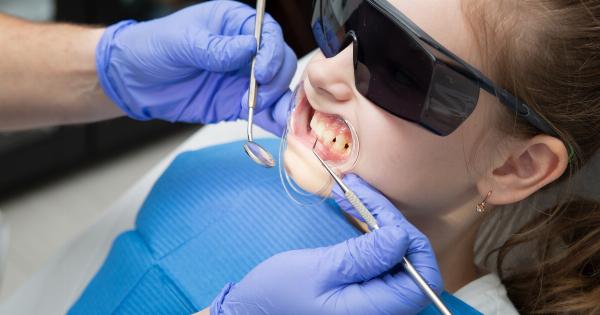Post Traumatic Stress Disorder, or PTSD, is a mental health condition that can affect people of all ages, including children.
While it was originally associated with soldiers returning from war, we now know that PTSD can be caused by any traumatic event, such as physical and sexual abuse, domestic violence, natural disasters, car accidents, or serious illnesses. In children, PTSD can be particularly challenging to diagnose and treat, because they often have difficulty expressing their emotions and experiences. In this article, we will explore the causes and triggers of PTSD in children.
Causes of PTSD in Children
Children who experience traumatic events, such as abuse or neglect, are more likely to develop PTSD than those who do not.
According to the National Child Traumatic Stress Network, the risk of PTSD is highest in children who experience events that involve actual or threatened death, injury, or sexual violence. Some common causes of PTSD in children include:.
- Physical abuse
- Sexual abuse
- Neglect
- Domestic violence
- Community violence
- Accidents
- Illness or hospitalization
- Natural disasters
- Terrorism or political violence
Children who have a history of abuse or neglect, or who have experienced multiple traumatic events, are at higher risk of developing PTSD.
Additionally, some children may be more vulnerable to PTSD due to genetic or biological factors, such as a family history of mental illness or a sensitivity to stress.
Triggers of PTSD in Children
Triggers are events, situations, or reminders that can bring back memories of a traumatic event and cause symptoms of PTSD to reappear.
In children, triggers can be particularly difficult to identify, because they may not be able to communicate what is bothering them or why they are upset. Some common triggers of PTSD in children include:.
- Anniversaries of the traumatic event
- Specific places, people, or objects associated with the trauma
- Encountering situations that remind the child of the trauma
- Loud noises or sudden movements
- Changes in routine or environment
- Stressful life events, such as moving or starting a new school
Triggers can cause a child to experience intense feelings of fear, anger, or sadness, which can lead to a variety of physical and emotional symptoms.
Children with PTSD may experience flashbacks, nightmares, anxiety, irritability, or difficulty sleeping. They may also exhibit physical symptoms, such as headaches or stomachaches, or engage in self-destructive behaviors, such as substance abuse or self-harm.
Treatment for PTSD in Children
Treating PTSD in children typically involves a combination of therapy, medication, and support from family and caregivers.
The primary goal of treatment is to help children and their families cope with the traumatic event and develop healthy coping skills. Some common treatments for PTSD in children include:.
- Trauma-focused cognitive behavioral therapy (TF-CBT): This type of therapy helps children to develop coping skills and process their emotions in a safe, supportive environment. TF-CBT typically involves individual therapy sessions, as well as sessions with family members.
- Eye movement desensitization and reprocessing (EMDR): This is a type of therapy that helps children to process traumatic memories by focusing on a specific thought or memory while moving their eyes back and forth. This type of therapy can be particularly effective for children who have difficulty talking about their experiences.
- Play therapy: This is a form of therapy that uses play to help children express their feelings and experiences in a non-threatening, non-judgmental environment. Play therapy can be especially helpful for young children who may not have the language skills to express their emotions.
- Medication: In some cases, medication may be prescribed to help children manage symptoms of anxiety or depression. However, medication should always be used in combination with therapy and under the guidance of a qualified mental health professional.
In addition to therapy and medication, it is important for children with PTSD to receive support from their families and caregivers.
This may include creating a safe and stable environment, helping children to develop healthy coping skills, and providing them with opportunities for social support and connection.
Conclusion
PTSD is a serious mental health condition that can have a profound impact on children’s lives. While it can be challenging to diagnose and treat, with the right support, children with PTSD can recover and lead happy, healthy lives.
By understanding the causes and triggers of PTSD, parents and caregivers can help to create a safe and supportive environment for children who have experienced trauma.





























